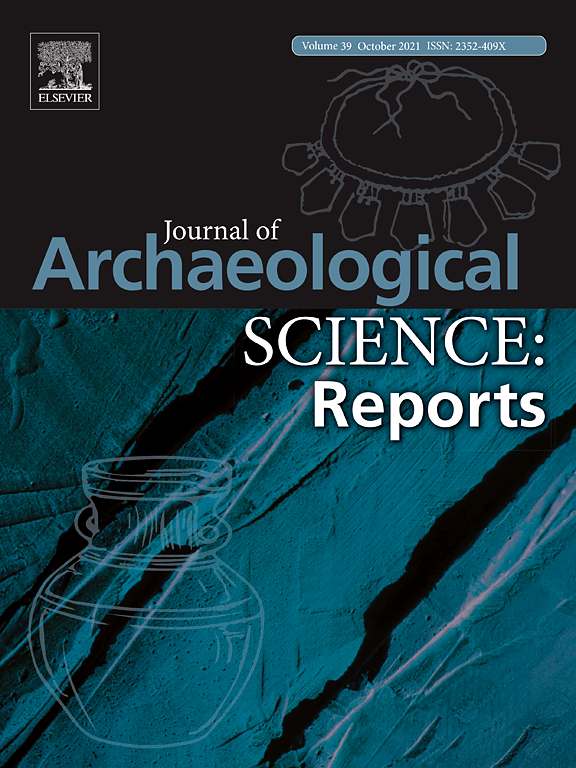Resumen
This study uses carbon (δ13C), nitrogen (δ15N), oxygen (δ18O), and strontium (87Sr/86Sr) isotopes to infer the diets and mobility patterns of pre-Columbian humans from seven archaeological sites in Panama: Cerro Mangote, Sitio Sierra, and Cerro Juan Díaz in central Pacific Panama; Cerro Brujo and Sitio Drago along Panama’s northwest Caribbean coast; Jicarita Island in the Gulf of Chiriquí; and Pedro González Island in the Gulf of Panama. Our initial hypotheses were 1) individuals from island and coastal settlements relied more heavily on marine food than those from inland settlements, 2) dietary dependency on maize increased over time, and 3) little or no evidence exists for mobility. Generally, the results did not support these hypotheses: 1) the ecotonal community of Cerro Juan Díaz consumed large quantities of marine food, 2) maize consumption varied over time at different sites, and 3) non-local individuals appeared at multiple sites, including one possible case of an individual who had been moved after death. While this study is intended to be a preliminary analysis of human diet and mobility patterns among pre-Columbian Panamanians, it highlights the complex nature of human activities and the value of incorporating multiple lines of archaeological, osteological, geochemical, and ecological evidence for interpreting bioarchaeological data.

